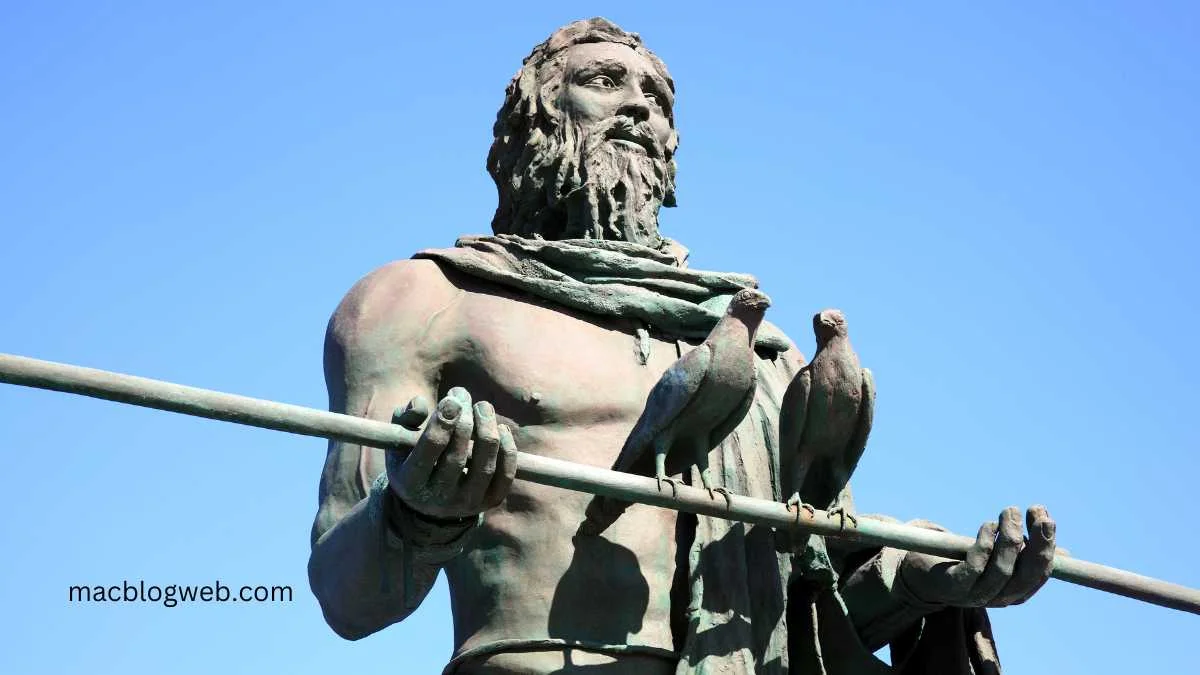The Gaunche, the aboriginal inhabitants of the Canary Islands, represent a fascinating chapter in human history. As hunter-gatherer tribes, their lifestyle resembled that of the Stone Age, and their origins, migration, culture, and eventual decline offer a rich tapestry of study for historians, archaeologists, and anthropologists. This article delves into the comprehensive history of the Gaunche, drawing from archaeological findings, historical accounts, and genetic studies to provide an in-depth exploration of their existence and legacy.
Origins and Migration
The Gauncheare believed to have migrated to the Canary Islands from North Africa around 1,000 BC. Genetic studies, including the first genome-wide data analysis conducted in 2017, have confirmed their North African origin, suggesting a close genetic relationship with the Berber populations of the region, possibly from areas that are now part of modern-day Libya and Morocco.
Archaeological Evidence
Archaeological findings, including pottery, tools, and remnants of settlements, support the theory of North African migration. The Gaunchelikely used simple boats to navigate the Atlantic Ocean and reach the Canary Islands, although the exact nature of their maritime technology remains a topic of debate among researchers.
Lifestyle and Culture
The Gaunche lived a predominantly hunter-gatherer lifestyle, supplemented by rudimentary agricultural practices. They inhabited caves and constructed huts from available natural materials, such as wood and reeds. The volcanic nature of the Canary Islands meant that there was an absence of ore, limiting their ability to develop metal tools and weapons.
Social Structure and Organization
The Guanche society was organized into tribal groups, each led by a chief or a king known as a “mencey.” These tribes were often in conflict with one another, although there were also periods of peace and cooperation. The mencey held significant authority, overseeing judicial matters, land distribution, and religious rituals.
Religious Beliefs and Practices
The Guanches practiced a polytheistic religion, worshipping various deities associated with natural elements such as the sun, moon, and earth. They believed in an afterlife and practiced mummification, a process possibly influenced by their North African origins. Religious ceremonies often involved offerings, prayers, and dances, with sacred sites scattered across the islands.
Language and Communication
The Guanche language, known as Guanche or Guancho, was primarily oral, with no known written form. It is believed to have been a Berber language, sharing similarities with the languages spoken by the Berber populations of North Africa. Despite the absence of written records, some Guanche words and place names have been preserved through historical accounts and local traditions.
Technological Limitations and Adaptations
Due to the lack of natural resources for metalworking, the Gaunche relied on stone, bone, and wood for their tools and weapons. They developed a variety of implements, including knives, scrapers, and fishing gear, which enabled them to adapt to their environment and sustain their communities.
Pottery and Art
Guanches were skilled potters, creating a range of functional and decorative ceramics. Their pottery often featured geometric patterns and was used for cooking, storage, and religious purposes. Additionally, the Guanches produced rudimentary artworks, including petroglyphs and carvings, which offer insights into their symbolic and spiritual beliefs.
Clothing and Adornment
Clothing among the Gaunche was minimal and primarily made from animal skins and woven plant fibers. They also adorned themselves with jewelry crafted from shells, bones, and stones, reflecting their social status and personal aesthetics. Tattooing and body painting were common practices, often associated with rites of passage and tribal identity.
Spanish Conquest and Decline
The arrival of Spanish explorers in the early 15th century marked the beginning of the end for the Guanche civilization. The Spanish conquest of the Canary Islands, driven by the desire for territorial expansion and resource acquisition, resulted in significant conflict and bloodshed.
Resistance and Assimilation
The Guanches resisted Spanish rule fiercely, employing guerrilla tactics and leveraging their knowledge of the local terrain. However, they were ultimately unable to withstand the superior military technology and tactics of the Spanish forces. By the late 15th century, the Guanches were defeated, and the islands were fully incorporated into the Spanish Empire.
Impact of Disease and Enslavement
The introduction of European diseases, such as smallpox and measles, to which the Guanches had no immunity, decimated their population. Additionally, many Guanches were enslaved and transported to other parts of the Spanish Empire, further contributing to the decline of their culture and society.
Legacy and Modern-Day Recognition
Despite their near extinction, the legacy of the Guanches endures in the Canary Islands. Their influence can be seen in local customs, place names, and genetic contributions to the modern population of the islands.
Archaeological Sites and Museums
Numerous archaeological sites across the Canary Islands preserve the remnants of Guanche settlements, providing valuable insights into their way of life. Museums dedicated to the Guanche culture, such as the Museo Arqueológico in Tenerife, showcase artifacts, exhibits, and educational programs that honor their heritage.
Genetic Studies and Heritage
Modern genetic studies have revealed that the Gaunche have left a lasting imprint on the gene pool of the Canary Islands. Many residents of the islands carry genetic markers linked to the ancient Guanche population, highlighting the enduring connection between the past and present inhabitants.
Cultural Revival and Preservation
Efforts to revive and preserve Guanche culture are ongoing. Local organizations and cultural groups are dedicated to researching, celebrating, and promoting the history and traditions of the Gaunche. Festivals, reenactments, and educational initiatives help keep the memory of the Guanches alive, ensuring that their contributions to the islands’ history are not forgotten.
Conclusion
The Gaunche, the original inhabitants of the Canary Islands, represent a fascinating chapter in human history. Their North African origins, unique lifestyle, and eventual decline at the hands of Spanish conquerors paint a vivid picture of a resilient and resourceful people. While much about the Gaunche remains shrouded in mystery, ongoing research and archaeological discoveries continue to shed light on their remarkable legacy. Today, the memory of the Guanches lives on through the efforts of historians, archaeologists, and the people of the Canary Islands, who honor and preserve their rich cultural heritage.








